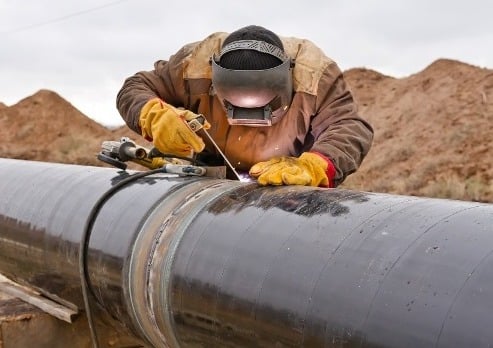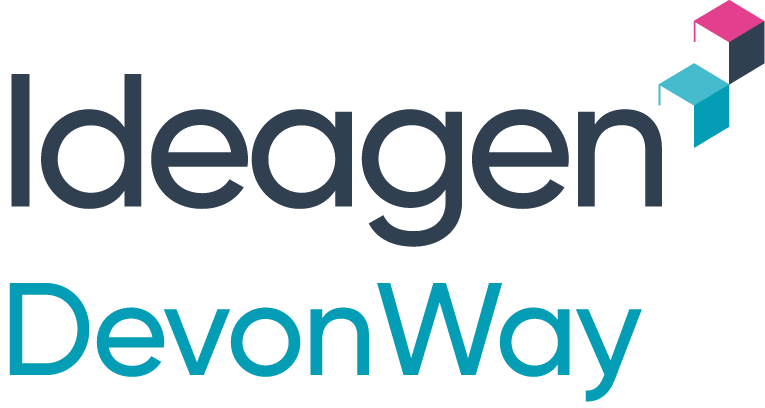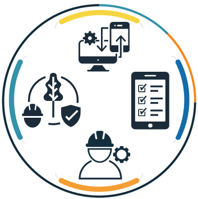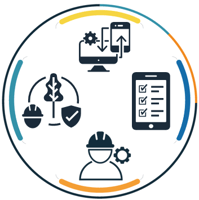Implementing Pipeline Safety Management System software enables you to collect and capture a lot of data. But what metrics should you track and how do you benchmark?
This is Part 2 of several blog posts covering the DevonWay webinar New Approaches to Pipeline Safety Management, featuring panelists:
- Dr. Stephanie Watson, PhD is Gas Safety Management System Program Lead and Gas Policy Engineer for Consumers Energy. She’s responsible for implementation of API RP 1173. Consumers Energy is a DevonWay customer.
- Kevin House, Vice President and Chief Safety Officer of National Fuel Gas Supply Corporation, leads pipeline safety, integrity management, employee safety programs, and business continuity planning for National Fuel’s pipeline and utility subsidiaries. National Fuel is a DevonWay customer.
- Matt Frazell is a Principal Consultant at ERM, where he specializes in the Oil & Gas, Energy, and Petrochemicals. His expertise includes OSHA Process Safety Management, DOT/PHMSA Compliance, and Process Hazard Analysis.
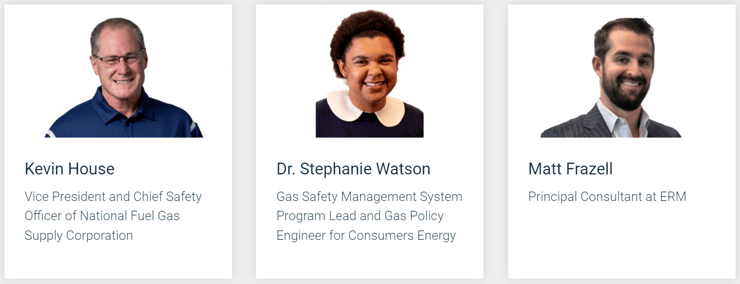
This article summarizes the discussion about measuring progress and KPIs (Key Performance Indicators). You can read Part 1 of the blog series here and watch the webinar recording here.
Which KPIs are key?
Companies that are in the process of implementing new Pipeline Safety Management System software need to identify metrics to track, and the process of doing so can be overwhelming. In the webinar, Matt pointed out that you want a combination of leading and lagging indicators. Lagging indicators provide visibility into the past up to now. Leading indicators help you predict issues before they happen. 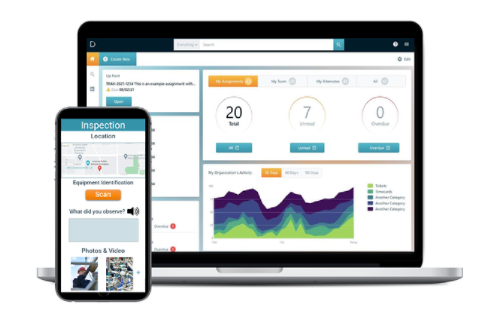
Kevin explained that the industry has always monitored KPIs and benchmarks. Implementing a new pipeline safety management system provides an opportunity to identify a core set of KPIs. "You want those 10 – 20 KPIs, leading and lagging, that can tell the story, that communicate to senior management, employees, and outside stakeholders."
National Fuel is in the process of implementing DevonWay Pipeline Safety Management software. They gathered ideas from employees involved in all aspects of pipeline safety management and ended up with well over 100 KPIs at multiple levels, such as damage rates, incident rates, replacement rates, and emergency response rates. Trending can help identify when a KPI needs your attention.
A lagging metric is better than no metric
Stephanie pointed out how overwhelming it can be to figure out what the perfect key indicators are. She recommended the approach of recognizing that “a lagging metric is better than no metric at all.” 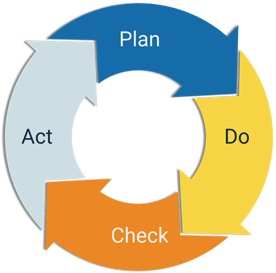
“You want to measure, to make safety visible. Every metric gives you something to dive into a little bit deeper,” she said. “Lagging metrics are a good foundation to get started, so don’t shy away from them.”
“Our approach has been ‘say what you do, and do what you say.’ So we evaluate and validate our adherence to processes and whether we are meeting expectations. Eventually as you're looking areas of opportunity within your management system, KPIs start to identify themselves."
No more CAPA birthdays
Stephanie continued, “Some metrics we are looking at now are reportable gas safety events and OSHA recordable injury rates, which we trend, and we can compare to industry benchmarks…. We're building out a robust internal audit program to evaluate process adherence. And we have people out in the field doing that regularly.” Stephanie pointed out that you need to look upstream for the source of problems you discover. For example, an issue with process adherence may be due to an issue with documentation.
Consumers Energy is focusing on “no more CAPA birthdays,” as Stephanie explained, “because if corrective and preventive actions (CAP or CAPA) are aging that long, then how are we mitigating risks and preventing them from occurring again.” Addressing issues in a timely and effective manner mitigates risks and prevents recurrence.
Upcoming posts will cover what's next for pipeline safety management.
DevonWay Pipeline Safety Management
Improve safety culture by engaging employees and contractors. Avoid costly incidents. Gain insights from your data so you can instantly spot trends, take actions, and engage your workforce every step of the way.
DevonWay Pipeline Safety Management software helps pipeline operators quickly and efficiently implement and manage NTSB/API Recommended Practice (RP) 1173. The software bundle includes Audits and Assessments, Corrective and Preventive Actions, Document Management, Equipment Calibration, and core SMS components with Continuous Improvement built in. Other DevonWay products "snap in" when you're ready. Contact us to discuss how we can help you.
